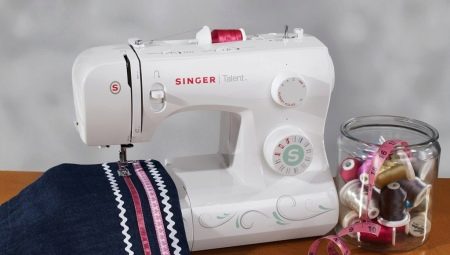Passion for needlework or the need for self-repair, sewing things, once lead a beginning seamstress to the idea of acquiring her own sewing machine. With its help, you can easily create simple models of clothes, repair household items or wardrobe, hem curtains or create embroidery. A sewing machine for beginners does not have to be complex or equipped with hundreds of functions. It is important functionality, ease of management and maintenance, the ability to connect a pedal to speed up the process.
A simple model to sew at home does not require significant costs and will be a good choice for working out various lines and operations. Simple rules and recommendations will help you make the right decision before purchasing the first sewing machine.
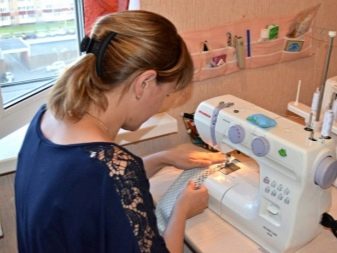

Which are there?
A sewing machine for beginners usually differs from all other options only in functional equipment. By the type of its design, it can belong to the following varieties.
- Electromechanical. Simple basic models with a pedal drive or a button that activates sewing mode without a pedal. It is this type of sewing machine that is ideal for beginners and provides the opportunity to build the necessary experience.
Using such home appliances, you can easily make and repair clothes, and engage in simple types of needlework.
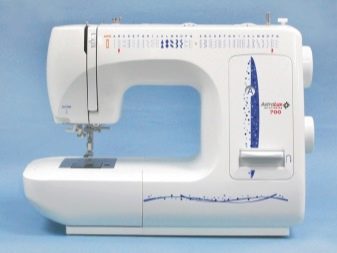
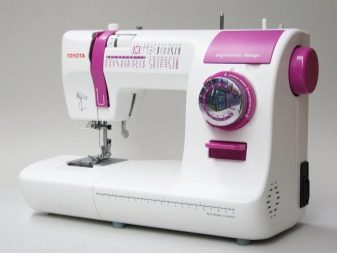
- Computer controlled. Embedded software, additional memory, synchronization with PC. All this looks attractive, but 500 or more operations will be useful only to people who are professionally engaged in cutting and sewing.For beginning seamstresses, such models are of little use, since most of the lines and functions remain unclaimed.
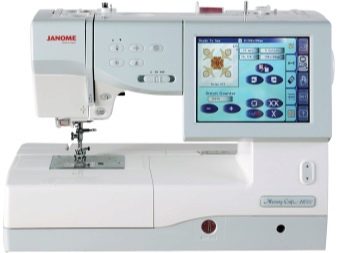
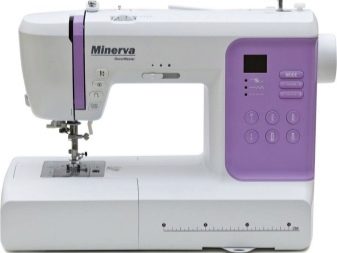
- Embroidery and sewing-embroidery. Specialized sophisticated devices capable of performing an extended range of operations. In addition to the usual stitches, sewing and embroidery machines can carry out more complex manipulations. Basic software will be enough for a beginner, but if you want to expand the capabilities of the model, you will have to spend a lot of money.
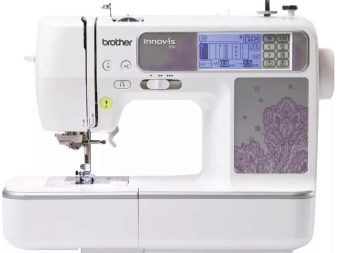

- Stitching. Ploskoshovny machines are used in work with knitwear, elastic and stretch fabrics, when sewing T-shirts, sweatshirts. A special stitch does not deform the fabric, provides a reliable and high-quality connection of stitch elements without displacement.
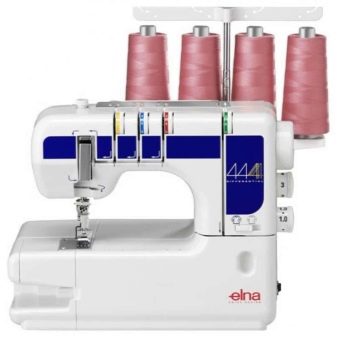
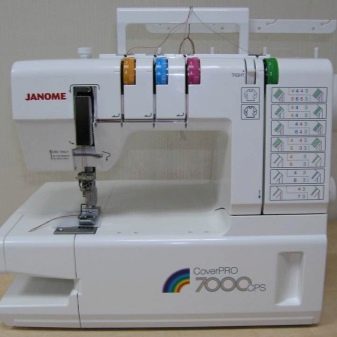
- Overlocks. These are sewing machines for cutting edge seams. Entry-level models usually have little functionality, they can only fasten the edge, remove excess allowance. Overlock functions in conventional sewing machines are present only in the form of a zigzag stitch. The use of a special interchangeable foot helps to bring the quality of edge processing to overlocking.
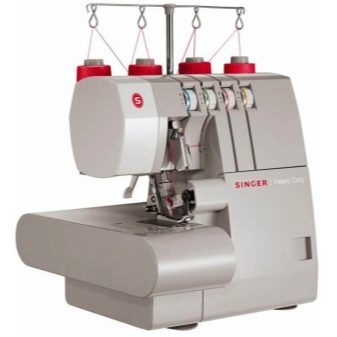
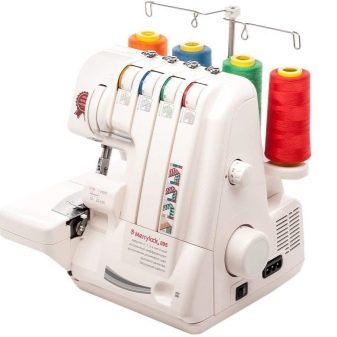
- Coverlocks. This type of sewing equipment is a hybrid of overlock and sewing machines and does not belong to the cheapest varieties. To work with knitwear for a beginning seamstress, special paws for other equipment are usually enough. Overlocks are most often acquired as they gain experience.

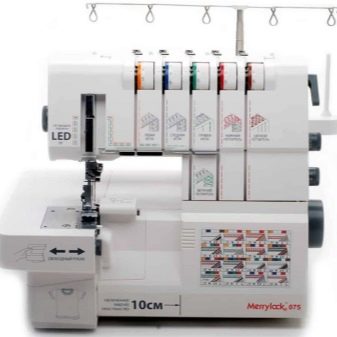
Of course, impressive reviews of powerful multifunctional cars look attractive.
In practice, during the period of gaining experience, it is better to abandon overly complex models and choose the basic electromechanical option.
Criterias of choice
If a decision is made with the type of design of the sewing machine, it is worth moving on. There are criteria that you need to pay attention to. They determine the functionality of the technique, ease of use, how simple the machine will be in mastering. Among the main points, the following can be distinguished.
- Type of housing material. In the most budget models, it is plastic, it can heat up from the backlight, have a specific smell. Polymeric materials are quite fragile, shock, falls, and other types of mechanical stress are dangerous for them. If you plan to actively use the equipment even with a limited level of functions, it is worth giving preference to cars in a metal case. In some cases, they have a plastic coating.
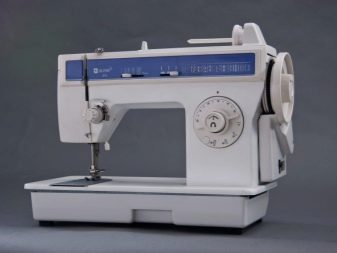
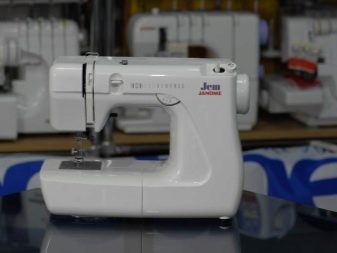
- Power. Conventional household sewing machines rarely have impressive power characteristics. Models for sewing dense denim, leather, drape have a greater puncture power. Here, even for household machines, power exceeds 100 watts. It is important to understand that 90% of the equipment in the budget segment of the market is designed exclusively for working with thin, light and medium density fabrics.
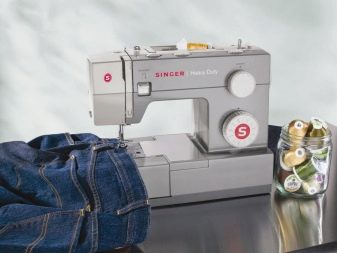

- Sewing speed. It is important for machines of the electromechanical type, in which the set speed depends on the force of pressure on the pedal. In order for the machine to meet the growing experience over time, it is enough to choose models with a needle stroke range of 800-1000 times per minute.

- Foot. In expensive models, its pressure on the material varies with the help of a special regulator. In budget options it is unchanged. It is worth more carefully studying the range of raising the presser foot. If it is less than 10 mm, thick layers of fabric simply will not fit under the conveyor, which exerts pressure from above.
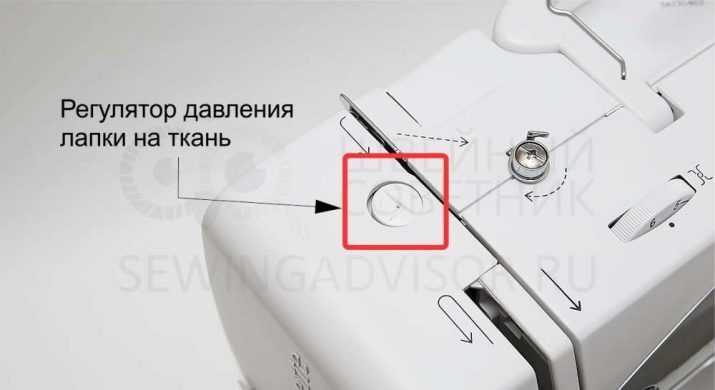
- Type of shuttle mechanism. Vertical - basic, installed on low-cost models, suitable for machines with a small range of operations. Horizontal can be taken for the future - even after a few years it will fully meet the expectations of a seamstress. This is a reliable and less noisy option that increases the level of cost of the machine.
Using this shuttle, you can create curly, zigzag stitches more than 6 mm wide.
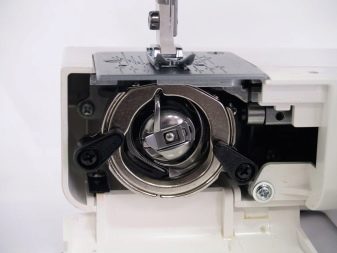
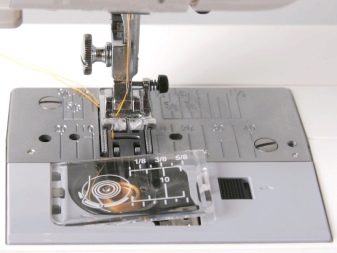
Varieties of stitches
On average, starting seamstresses need 20-25 base stitches, which even an inexpensive model can easily handle. Among the mandatory can be noted straight, zigzag, elastic, overcast. Well, if there is a function for overcasting loops and overlock processing of edges.
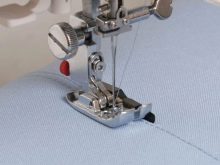
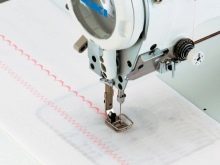
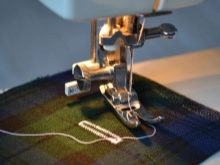
Equipment
When choosing a sewing machine for a beginner needlewoman, it is important to make sure that the kit already has everything you need. The list must include a power cord, pedal, sets of needles and paws. The cover is also among the useful components - better if it is tough and shockproof.
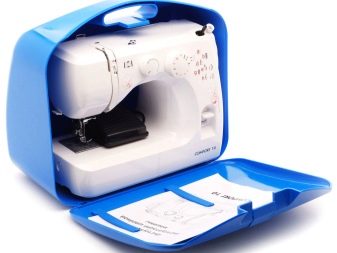
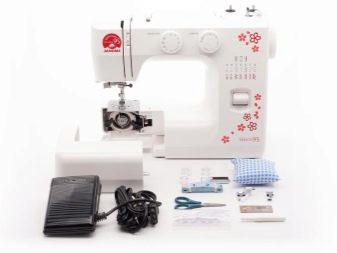
Manufacturers Overview
Even in the budget segment of the market you can find products of famous brands. The beginning seamstress should not be content with the second-tier technique. Using quality machines is much easier to learn complex operations. Moreover, they are much less likely to fail, do not need complex settings. Among manufacturers that have earned the trust of a consumer audience, there are several.
- Singer. The most reputable company in the market, based in the USA. The brand today produces dozens of models, from budget to professional. They are recommended to beginners as reliable first machines for simple operations. A rather high cost should not scare off - the equipment of this level has been regularly performing its tasks for decades.
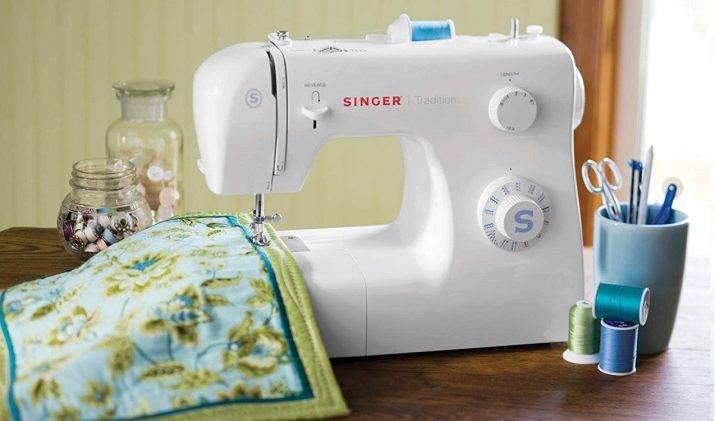
- Juki. Japanese manufacturer of sewing equipment, operating since 1938. The company produces cars of various classes, among them there are simple, basic models. They cannot be called cheap, but in terms of functional equipment and build quality, these are some of the best options on the market.
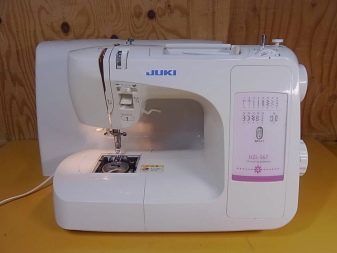
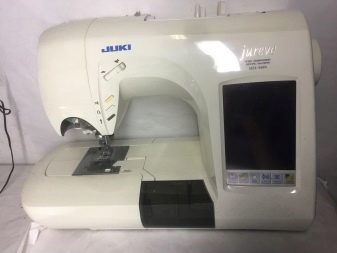
- Brother. Japanese company with factories around the world. Since 2003, the brand has its own company in Russia. The product range includes sewing equipment of various classes, a fairly large selection of computerized models. The equipment is fully consistent with domestic standards.
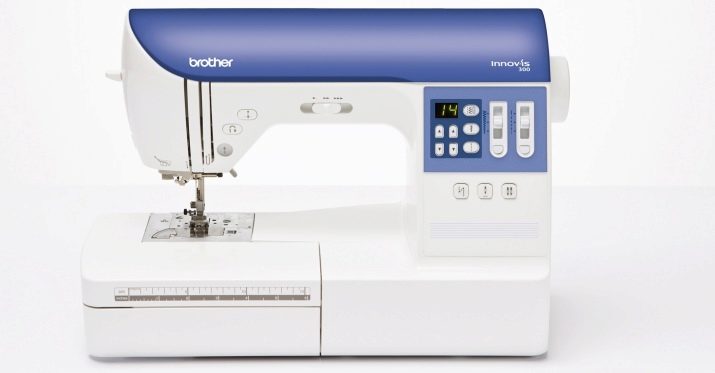
- Janome. One of the most popular Japanese brands in the middle price segment of the market. Sewing machines of this company are represented by both simple household models and professional equipment. You can choose a simple basic option and not overpay for extra options.
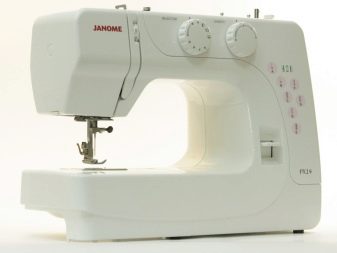

- Pfaff. A German company dating back to 1862. Until 2006, all models were produced in Europe, after which production was transferred to China. The brand is famous for its high build quality, reliability of engineering components.
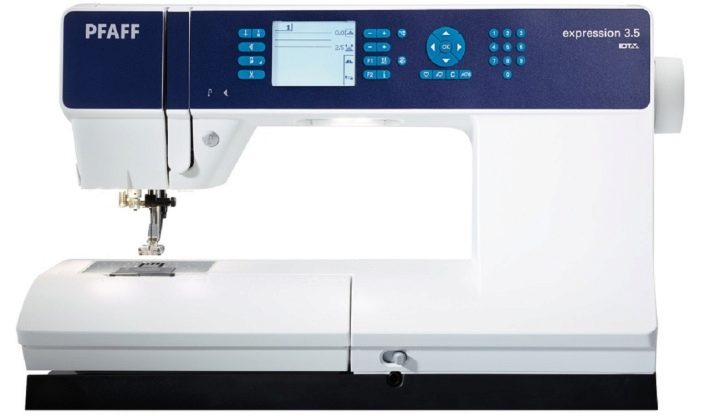
- Husqvarna. A Swedish company known as a manufacturer of electric and gasoline tools. It launched its own line of sewing machines in the 20th century. It is difficult to find inexpensive household models here, but you can purchase an option with the prospect of an increase in sewing volumes.
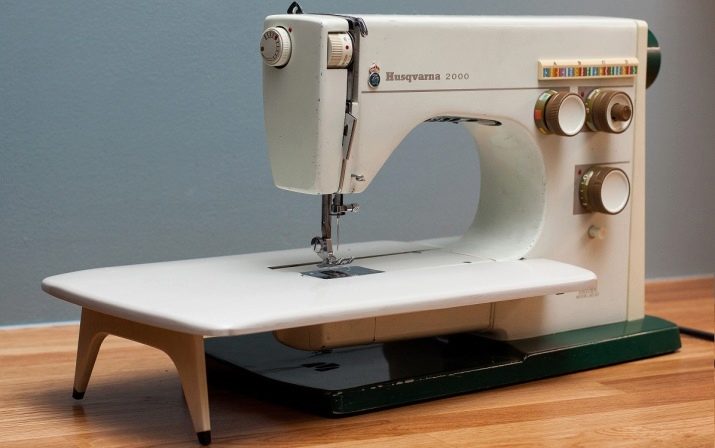
- Minerva. The company is from Austria, but production has long been moved to Taiwan, like many other large companies. It is famous for its high quality and affordable cost of products.

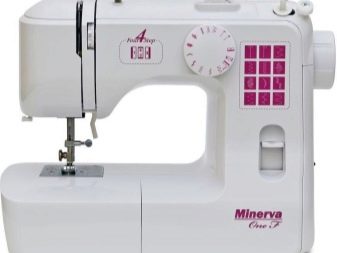
These brands are included in the list of leaders according to experts and the level of consumer confidence. In addition, they can be found in almost any store selling sewing goods.
How to use?
Operating sewing machines for beginners can be a pretty serious problem. The first and most important thing to consider is that the machines cannot be left plugged in unattended, and the sewing mode without fabric can be started. Any safety violations can adversely affect the durability of the device.
At the first start, it is important to carefully study the instructions, the recommended procedure. It is necessary to check on an unnecessary piece of material whether the technique leaves traces of lubrication. In addition, this will make sure that there are no problems with pedal contacts or shaft rotation, or backlight. It is recommended that you carefully study the correct position of the shuttle, especially the installation of the needle, replacing the presser foot.
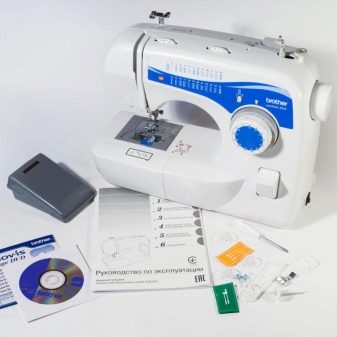

After each sewing, the machine inside and out must be cleaned of dirt. Particular attention is paid just to the shuttle device. In his annular groove, scraps of threads accumulate, tows from matter - they must be removed so that the free movement of the lower thread does not deteriorate.
When choosing a needle and thread, you should adhere to the recommendations for a specific type of fabric. Wrong choice will lead to tightening of the seam or breaks. The thinnest are silk, cambric, organza, sew with needles No. 70 and threads No. 80. The thickest woolen, drapery materials - needle number 120-140 and threads from 10 to 30 numbers. Selection recommendations are usually indicated in the documents attached to the typewriter.
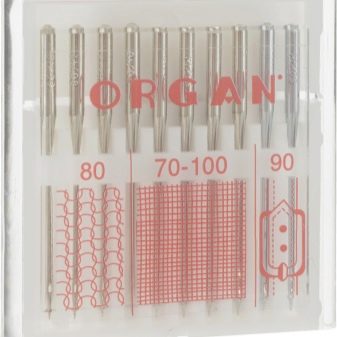

When threading the lower and upper thread it is important to ensure that their thickness matches. It is allowed if there is a finer version in the shuttle on the spool. But a difference of more than 10 units per room is not allowed. Optimally, if winding is made from one coil.
To adjust the pressure on the fabric with the presser foot, you must use the threaded sleeve screw. The rules are simple: for thick, multilayer materials, the maximum pressure is selected.
The finer the matter, the easier the pressure should be.
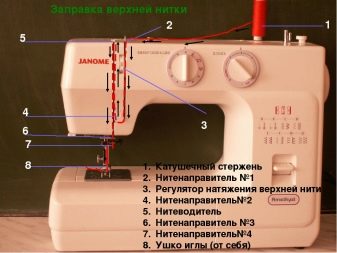
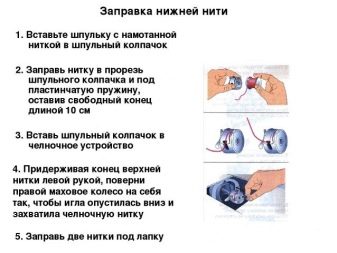
Tips
When choosing an entry-level sewing machine, many inexperienced seamstresses make typical mistakes. For example, they recklessly take incredibly cheap equipment that is suitable only for sewing doll dresses. The result of such a purchase will be disappointment and criticism of budget brands. Do not chase after the savings: models cheaper than 5,000 rubles to consider even for a beginner seamstress simply does not make sense.
When choosing a machine, you should test it on different fabrics in advance. The presence of tightened seams is a reason to refuse to purchase. Problems include “symptoms,” such as jamming of the matter, its stretching, skipped stitches. If the machine is twisting the line in free play, a build defect is possible, which will have to be fixed in the workshop for your own money.
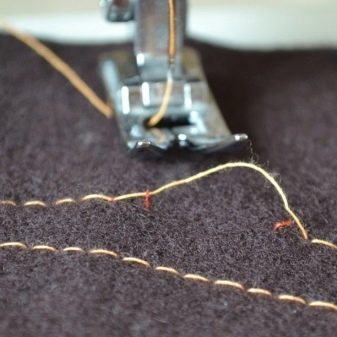
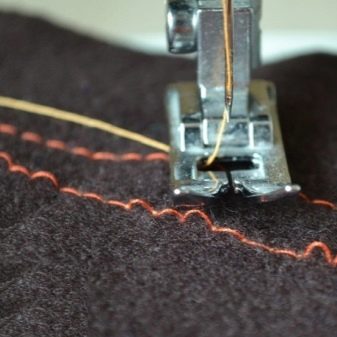
When choosing a machine, you need to consider the presence in local stores of components and spare parts necessary for their work, repair services. In this sense, Janome looks the most attractive. The brand has many partner services, cars are compatible with universal accessories, and not just with original accessories.
See how to choose the first sewing machine in the next video.
